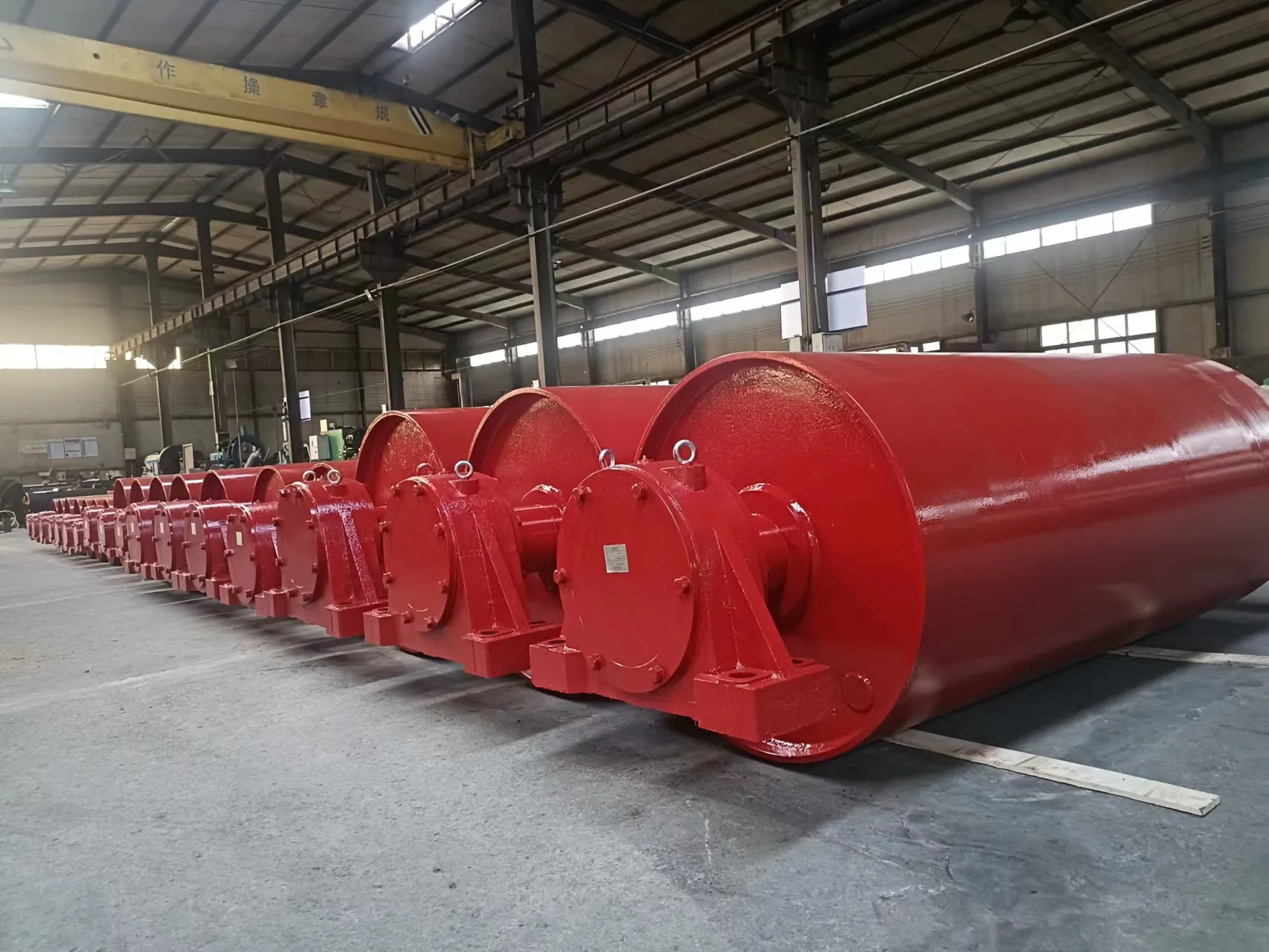 Afrikaans
Afrikaans  Albanian
Albanian  Amharic
Amharic  Arabic
Arabic  Armenian
Armenian  Azerbaijani
Azerbaijani  Basque
Basque  Belarusian
Belarusian  Bengali
Bengali  Bosnian
Bosnian  Bulgarian
Bulgarian  Catalan
Catalan  Cebuano
Cebuano  Corsican
Corsican  Croatian
Croatian  Czech
Czech  Danish
Danish  Dutch
Dutch  English
English  Esperanto
Esperanto  Estonian
Estonian  Finnish
Finnish  French
French  Frisian
Frisian  Galician
Galician  Georgian
Georgian  German
German  Greek
Greek  Gujarati
Gujarati  Haitian Creole
Haitian Creole  hausa
hausa  hawaiian
hawaiian  Hebrew
Hebrew  Hindi
Hindi  Miao
Miao  Hungarian
Hungarian  Icelandic
Icelandic  igbo
igbo  Indonesian
Indonesian  irish
irish  Italian
Italian  Japanese
Japanese  Javanese
Javanese  Kannada
Kannada  kazakh
kazakh  Khmer
Khmer  Rwandese
Rwandese  Korean
Korean  Kurdish
Kurdish  Kyrgyz
Kyrgyz  Lao
Lao  Latin
Latin  Latvian
Latvian  Lithuanian
Lithuanian  Luxembourgish
Luxembourgish  Macedonian
Macedonian  Malgashi
Malgashi  Malay
Malay  Malayalam
Malayalam  Maltese
Maltese  Maori
Maori  Marathi
Marathi  Mongolian
Mongolian  Myanmar
Myanmar  Nepali
Nepali  Norwegian
Norwegian  Norwegian
Norwegian  Occitan
Occitan  Pashto
Pashto  Persian
Persian  Polish
Polish  Portuguese
Portuguese  Punjabi
Punjabi  Romanian
Romanian  Russian
Russian  Samoan
Samoan  Scottish Gaelic
Scottish Gaelic  Serbian
Serbian  Sesotho
Sesotho  Shona
Shona  Sindhi
Sindhi  Sinhala
Sinhala  Slovak
Slovak  Slovenian
Slovenian  Somali
Somali  Spanish
Spanish  Sundanese
Sundanese  Swahili
Swahili  Swedish
Swedish  Tagalog
Tagalog  Tajik
Tajik  Tamil
Tamil  Tatar
Tatar  Telugu
Telugu  Thai
Thai  Turkish
Turkish  Turkmen
Turkmen  Ukrainian
Ukrainian  Urdu
Urdu  Uighur
Uighur  Uzbek
Uzbek  Vietnamese
Vietnamese  Welsh
Welsh  Bantu
Bantu  Yiddish
Yiddish  Yoruba
Yoruba  Zulu
Zulu Optimizing Performance of Conveyor Roller Components for Enhanced Efficiency and Durability
Understanding Conveyor Roller Parts Essential Components for Efficient Material Handling
Conveyor systems are an integral part of many industrial and manufacturing processes, streamlining the movement of materials from one point to another. Among the critical components of these systems are conveyor rollers. These rollers play a pivotal role in facilitating the transportation of goods and materials, ensuring efficiency and effectiveness in production lines and warehouses.
What are Conveyor Rollers?
Conveyor rollers are cylindrical components that support the weight of the items being transported along a conveyor belt. They are designed to reduce friction and allow smooth movement of loads, thus minimizing wear and tear on the conveyor belt itself. Made from various materials, including steel, plastic, and rubber, conveyor rollers can be tailored to meet the specific needs of different applications, ranging from light-duty to heavy-duty operations.
Types of Conveyor Rollers
1. Idler Rollers These are the most common type of conveyor rollers used in a conveyor system. Idler rollers are designed to support the conveyor belt and minimize sagging. They do not drive the belt but provide the necessary support for the load being carried.
2. Drive Rollers Unlike idler rollers, drive rollers are powered components that propel the conveyor belt. They are connected to a motorized drive system and are crucial for the movement of the belt in powered conveyor systems.
3. Return Rollers These rollers are placed on the underside of the conveyor system. Their primary function is to support the conveyor belt as it returns to the starting point. Return rollers help maintain the belt's alignment and prevent it from sagging during its return journey.
4. Impact Rollers Designed to absorb the shock of heavy loads, impact rollers are usually positioned at transfer points where materials are loaded onto the conveyor. They help protect the conveyor system from excessive wear and damage.
conveyor roller parts

5. Specialty Rollers In certain applications, specialty rollers may be required. These can include rollers with specific surface textures for enhanced grip, or rollers designed to accommodate unusual load shapes or sizes.
Key Components of Conveyor Rollers
Conveyor rollers consist of several vital parts that contribute to their performance
- Roller Shell The outer cylindrical part of the roller that directly supports the load. It can vary in diameter and material, depending on the application.
- Bearing Assembly Located inside the roller, this assembly allows for smooth rotation. High-quality bearings are essential for minimizing friction and extending the roller's lifespan.
- Shaft The shaft is the core of the roller, connecting it to the conveyor framework. It plays a crucial role in transferring the load from the roller to the conveyor system.
- End Caps These components secure the bearings and prevent foreign materials from entering the roller, ensuring longevity and reliability.
Conclusion
In summary, conveyor roller parts are fundamental to the effective operation of conveyor systems. Understanding the different types of rollers and their components is essential for maintaining optimal performance in material handling operations. Regular inspection and maintenance of these rollers will lead to increased longevity of the entire conveyor system, reduced downtime, and enhanced productivity in any industrial setting. Whether it’s transporting heavy items in a warehouse or moving products through a manufacturing line, the importance of durable and efficient conveyor rollers cannot be overstated.
-
Revolutionizing Conveyor Reliability with Advanced Rubber Lagging PulleysNewsJul.22,2025
-
Powering Precision and Durability with Expert Manufacturers of Conveyor ComponentsNewsJul.22,2025
-
Optimizing Conveyor Systems with Advanced Conveyor AccessoriesNewsJul.22,2025
-
Maximize Conveyor Efficiency with Quality Conveyor Idler PulleysNewsJul.22,2025
-
Future-Proof Your Conveyor System with High-Performance Polyurethane RollerNewsJul.22,2025
-
Driving Efficiency Forward with Quality Idlers and RollersNewsJul.22,2025





























